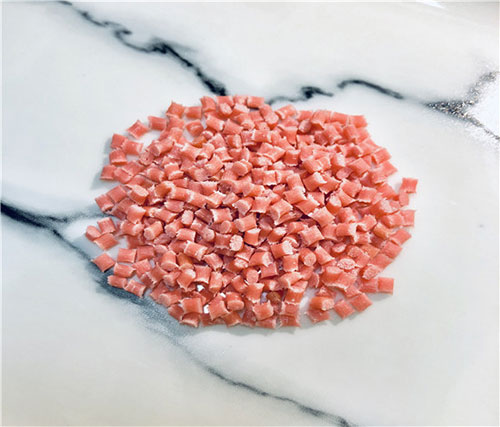©Copyright 2019 SIKO POLYMERS (SUZHOU) CO., LTD All rights reserved.Site Map Powered by iwonder.cn
- Email Uskevin@sikopolymers.com


When it comes to the use of polymers in the production of different materials, polyamide 6 (PA6) and polyamide 66 (PA66) are both at the top of the chat.
The reason for this isn’t far-fetched. Both materials are of low cost and they have a high-performance potential,
These compounds are mostly used in the production of various parts in either building and construction, electronics, transportation, as well as the packaging industry.
However, despite the high abundance of these polymers globally, there still abound low-quality PA6 and PA66 from some manufacturers.
For this reason, it is best to source for them from a trusted and professional PA66 manufacturer that will give you a guarantee of a quality product.
Differences Between PA6 and PA66
Although these two polymers have the same properties, which makes them be widely used globally, they still have some slight differences that distinguish one from the other.
Top on the list of the differences between these two polymers is the fact that PA66 is highly resistant to high temperature, and it is more expensive than PA6.
Compared to PA66, PA6 has better hydrolytic stability, long term heat ageing, and a slightly lower heat deflection temperature.
In addition to the above differences, PA6 is also slightly lower in cost and has the same stiffness as PA66 at a temperature below 180oC.
In most cases, PA66 is usually employed when PA6 has reached its peak temperature or when its hydrolytic stability is no longer enough.
Industrial Applications of PA6 and PA66
Both PA6 and PA66 are highly employed in the manufacture of different products for different applications as seen below;
1. Use of PA66 in Industrial and Consumer Goods
The ease of coloring, molding, excellent mechanical resistance and a nice surface pattern makes PA66 to be used in the production of various consumer and industrial products.
PA66 is mostly used for industrial and consumer goods since it is best suited for complex design and it is also of low cost.
2. Use of PA6 and PA66 for Automotive Applications
Due to the easy processability of both PA6 and PA66, they are mostly as a better alternative to metal in the automotive industry.
These polymers are mostly used for hood parts that require materials that are highly flexibly with high resistance to chemical and high temperature.
Most particularly about PA66, its mechanical properties such as creep resistance, stiffness helps to boost comfort and safety in cars.

3. Packaging Applications of PA6 and PA66
The high puncture resistance as well as providing a tough barrier to carbon dioxide, oxygen makes both PA6 and PA66 to be used in the production of various packaging materials.
4. Furniture Design Application of PA6 and PA66
Due to the brilliant surface and their high resistance to ageing and dirt, which makes them a better alternative to polypropylene, both PA6 and PA66 are mostly used in the manufacture of stadium seats.
5. Electrical and Electronics Applications of PA6 and PA66
PA6 and PA66 are easily flame retarded, and this makes them a very good material that is being used for various electrical and electronics applications.
More so, they are also of high importance in the electronic industry where miniaturization boosts the need for thin designs and high temperature due to their relative ease of processing.
Wrap Up
Polyamide 6 (PA6) and polyamide 66 (PA66) are tow different polymers with a very high industrial application.
Their high demand and diverse applications are due to their ease of processability and flexibility in use.
Although these polymers share various properties in common, they still have slight differences from each other.
When considering to use PA6 or PA66 for any application, ensure that you team up with a professional PA66 manufacturer for the best deal and product.